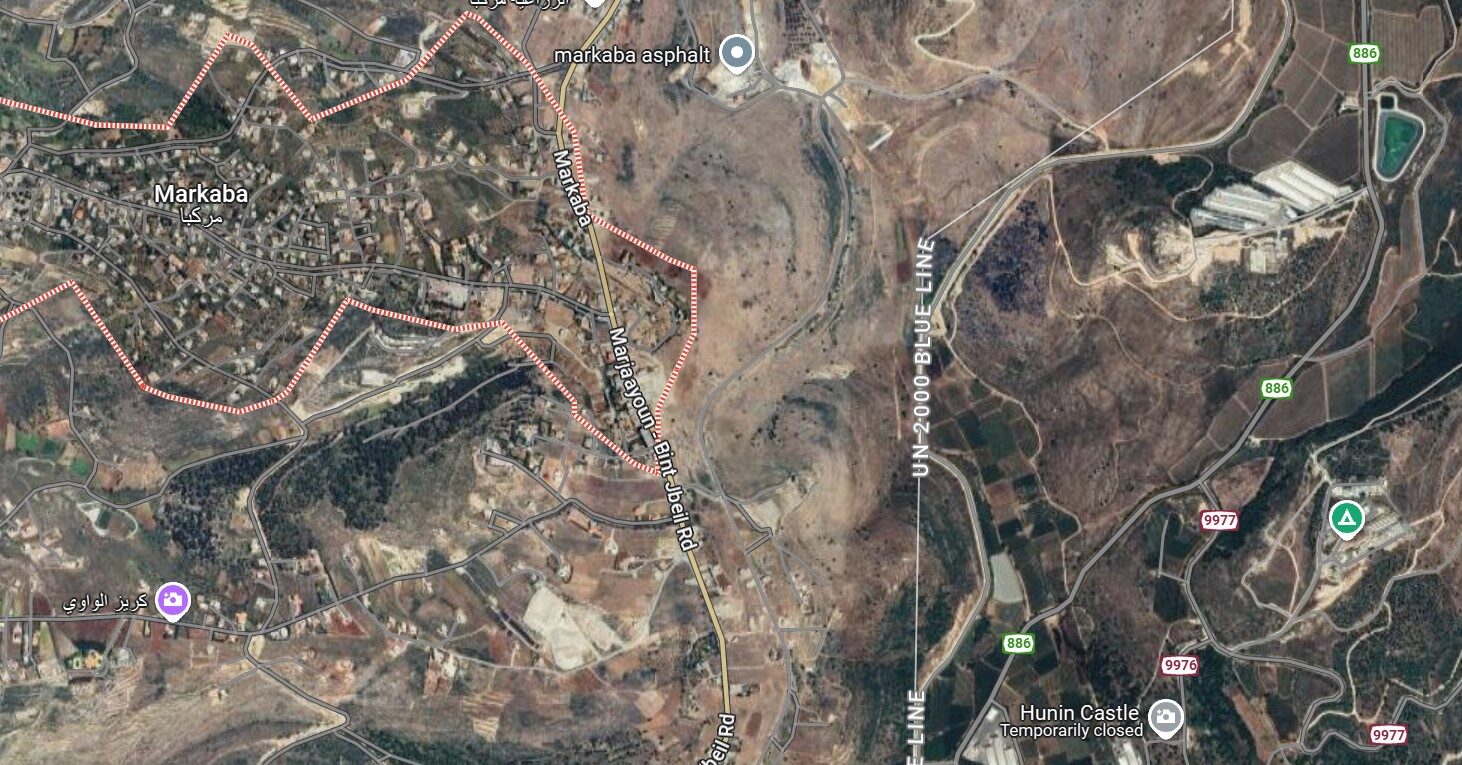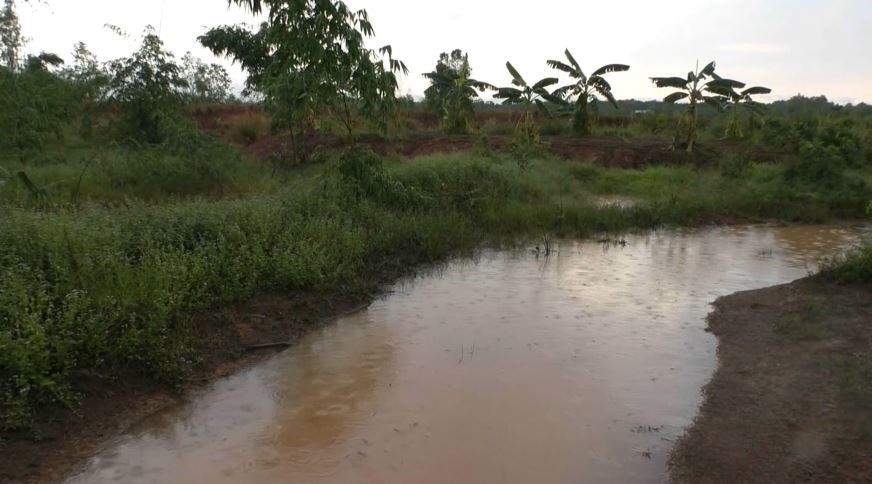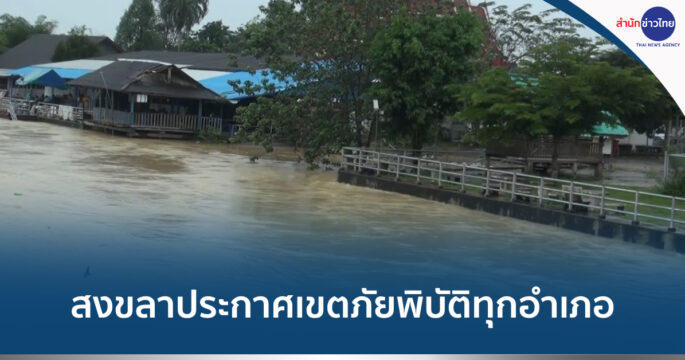BANGKOK, May 21 (TNA) – The Thai Meteorological Department (TMD) has announced the official start of the rainy season in Thailand on May 20.
El Niño phenomenon is expected to end and transition into La Niña, bringing abundant rainfall. Therefore, the end of the rainy season is expected to see heavy rainfall, leading to flash floods and mudslides in some areas.
Ms. Kornravee Sitthichivapak, Director-General of the Meteorological Department, stated that an announcement was issued regarding the start of Thailand’s rainy season for 2024. This is because over 60% of the upper Thailand region has experienced continuous heavy rainfall for at least 3 days. Additionally, the upper-level winds covering Thailand at around 1.5 km altitude have shifted to southwesterly, carrying moisture from the Andaman Sea. Meanwhile, winds at 10 km altitude have become easterly. With all three meteorological factors met, Thailand has officially entered the rainy season.
When all three meteorological factors are met, it is considered the start of the rainy season in Thailand this year.
The rainy season in the upper part of Thailand is expected to end around mid-October, while the south, especially the east coast, will continue to experience heavy rainfall until mid-January.
As for the El Niño-Southern Oscillation (ENSO) phenomenon, it is currently in a weak El Niño phase, marking the end of the El Niño phase. It is predicted to transition into a neutral phase in June and then into a weak La Niña in July, leading to improved rainfall amounts and distribution during this year’s rainy season.
It is expected that there will be 1-2 tropical cyclones moving into Thailand during the 2024 rainy season, which is the average. Unlike 2023, which saw no tropical cyclones enter Thailand, there is a high chance of them passing through the northeast and northern regions in August and September. This could lead to a better water situation in these regions compared to last year.
The total rainfall during the rainy season is expected to be similar to 2023, which saw 1% more rainfall than the average. Between mid-June and mid-July, there may be a dry spell, and areas outside of irrigation zones should be aware of the possibility of water shortages. However, heavy rainfall is expected in August and September, coinciding with the predicted passage of tropical cyclones through Thailand. Therefore, people should be aware of the potential for flash floods and mudslides due to the accumulated rainfall. – 819 (TNA)














